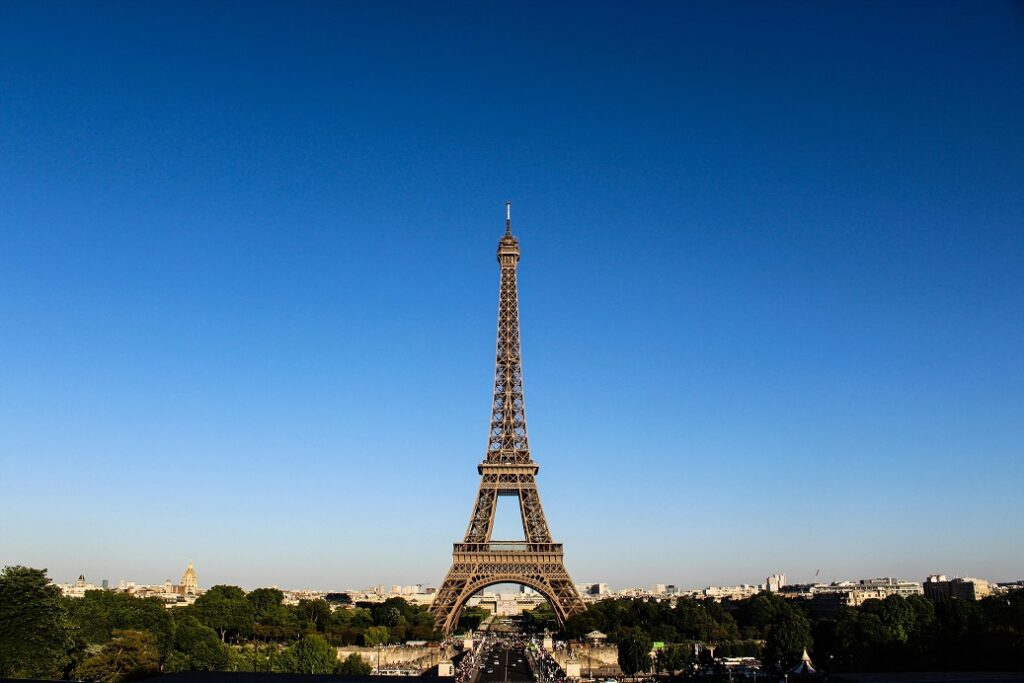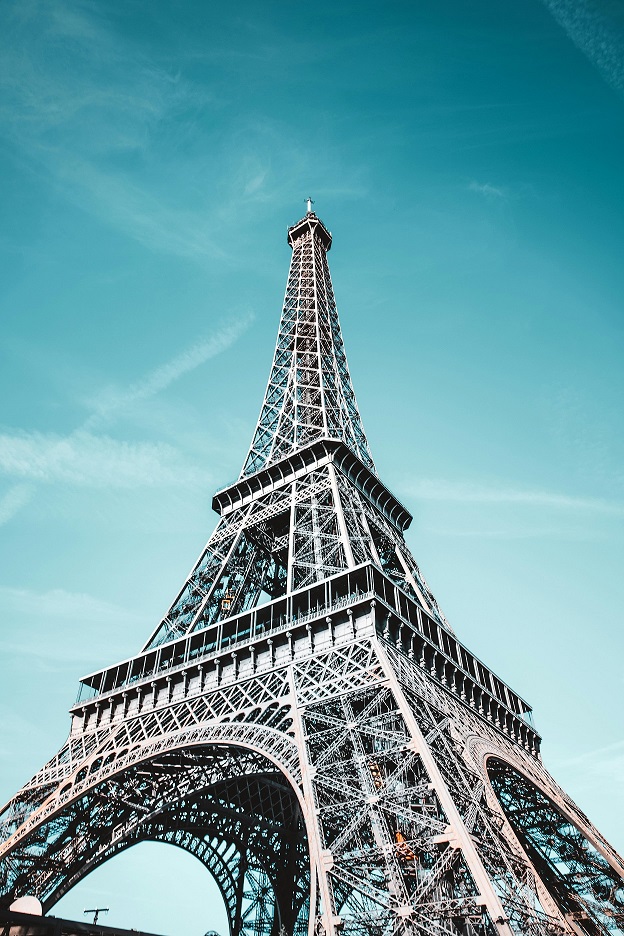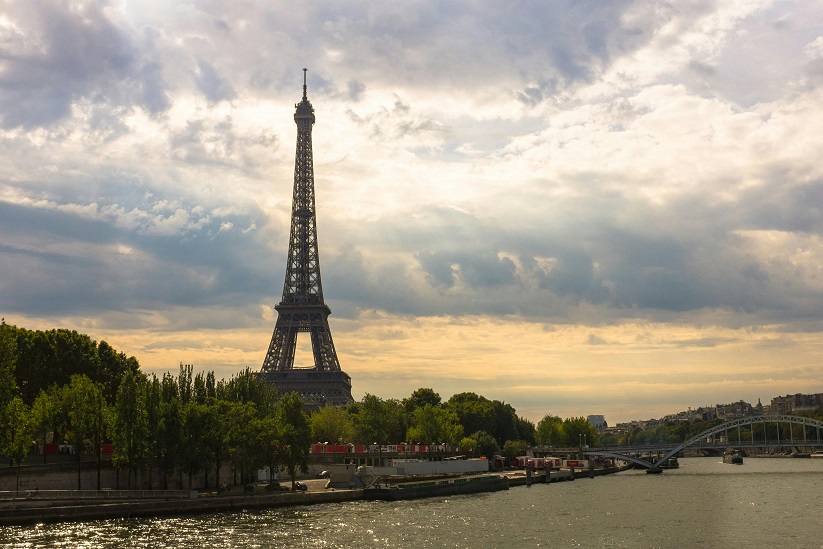Rising gracefully above the Parisian skyline, the Eiffel Tower stands as a timeless symbol of romance, engineering marvel, and cultural heritage. For over a century, this iconic landmark has captivated travelers, artists, and dreamers from around the globe. Whether you’re planning your first visit or returning to rediscover its charm, the Eiffel Tower offers an unforgettable experience steeped in history and elegance. This comprehensive guide invites you to explore its story, surroundings, and practical tips for an enriching visit.
1. Landmark Overview
The Eiffel Tower, affectionately known as La Dame de Fer (The Iron Lady), is a 330-meter-tall wrought-iron lattice structure located in the heart of Paris, France. Completed in 1889, it remains one of the most recognizable landmarks in the world, drawing millions of visitors annually. Its delicate yet imposing silhouette, illuminated by golden lights at night, embodies the essence of Parisian sophistication.
Globally iconic, the Eiffel Tower transcends its architectural origins to symbolize love, creativity, and human ambition. It has appeared in countless films, paintings, and novels, cementing its status as a cultural touchstone. Beyond its aesthetic appeal, the tower serves as a beacon of innovation, showcasing the possibilities of engineering during the Industrial Revolution. Whether admired from its summit or gazed upon from the Seine River, the Eiffel Tower offers a universal allure that resonates with travelers of all ages.
2. Historical Background
The Eiffel Tower was constructed as the centerpiece of the 1889 Exposition Universelle (World’s Fair), held in Paris to celebrate the 100th anniversary of the French Revolution. Designed by engineer Gustave Eiffel, the tower was initially met with skepticism by critics who deemed its unconventional design an eyesore. Despite opposition, Eiffel’s vision prevailed, and the structure was completed in just over two years, from 1887 to 1889.
Gustave Eiffel, a renowned civil engineer, envisioned the tower as a testament to scientific progress. His firm employed innovative techniques, using 18,000 individual iron pieces and over 2.5 million rivets to create a structure both lightweight and durable. Upon completion, the Eiffel Tower stood as the tallest man-made structure in the world, a title it held until 1930.
Over time, the tower evolved from a temporary exhibit to a permanent fixture. It has witnessed pivotal moments in history, from hosting scientific experiments (including Eiffel’s own meteorological studies) to serving as a radio transmission tower during World War I. Today, it remains a symbol of Parisian resilience and a UNESCO World Heritage Site within the city’s historic ensemble.
3. Geographical Context
The Eiffel Tower is situated on the Champ de Mars, a sprawling public park along the left bank of the Seine River in Paris’s 7th arrondissement. Paris, the capital of France, is located in the Île-de-France region in the northern part of the country. The tower’s central location places it within walking distance of other iconic landmarks, such as the Louvre Museum, Notre-Dame Cathedral, and the Arc de Triomphe.
The Seine River, which flows gently past the tower, divides Paris into its northern and southern halves, offering picturesque views from nearby bridges like the Pont Alexandre III. The surrounding urban landscape is a blend of historic architecture, tree-lined boulevards, and vibrant cafés, creating an enchanting backdrop. Paris lies in a temperate oceanic climate zone, characterized by mild winters, warm summers, and moderate rainfall year-round. The city’s flat terrain and well-planned layout make it ideal for exploring on foot or by metro.
4. Ideal Visiting Times
The best time to visit the Eiffel Tower is during the spring (April to June) or fall (September to October), when Paris enjoys pleasant weather, with temperatures ranging from 10°C to 20°C (50°F to 68°F). These seasons offer comfortable conditions for outdoor exploration and fewer crowds compared to the peak summer months. Summer (July to August) brings warm weather (20°C to 25°C or 68°F to 77°F) but also larger crowds and higher prices. Winter (November to March) is quieter, with cooler temperatures (0°C to 7°C or 32°F to 45°F) and occasional rain, though the tower’s festive holiday lights create a magical ambiance.
For the best experience, visit the Eiffel Tower early in the morning to avoid long queues and enjoy softer light for photography. Alternatively, an evening visit offers breathtaking views of Paris illuminated, with the tower’s hourly light show (from dusk to 1 a.m.) adding sparkle to the night sky. Avoid peak holiday periods, such as Bastille Day (July 14) and Christmas/New Year, when crowds and security measures intensify. Booking tickets in advance is highly recommended year-round.
5. Visitor Tips
Tickets, Fees, and Hours
The Eiffel Tower is open daily from 9:00 a.m. to 12:45 a.m. (last ascent at 11:45 p.m.), with extended hours in summer. Ticket prices vary depending on the level you wish to visit and access method:
-
Summit (by elevator): Approximately €29 for adults.
-
Second floor (by elevator): Around €18 for adults.
-
Second floor (by stairs): About €11 for adults. Children and seniors receive discounted rates. Purchase tickets online via the official Eiffel Tower website (www.toureiffel.paris) (www.toureiffel.paris) to skip ticket booth lines. Guided tours, starting at €40, offer historical insights and priority access.
Nearby Attractions
Extend your visit by exploring nearby gems:
-
Trocadéro Gardens: A short walk across the Seine, offering stunning views of the tower, ideal for photos.
-
Musée du Quai Branly: A museum showcasing indigenous art, just 10 minutes away.
-
Seine River Cruise: Departing near the tower, these boat tours provide a unique perspective of Paris’s landmarks.
Local Customs and Etiquette
Parisians value politeness, so greet staff with a friendly “Bonjour” or “Bonsoir” and thank them with “Merci.” Dress smartly, especially if dining at the tower’s restaurants, such as Le Jules Verne (a Michelin-starred experience on the second floor). Photography is permitted, but drones are prohibited. Be mindful of pickpockets in crowded areas and keep valuables secure. Tipping is not mandatory but appreciated (5-10% for exceptional service).
Conclusion
The Eiffel Tower is more than a monument; it is a celebration of human ingenuity, a canvas for romance, and a gateway to the soul of Paris. From its intricate iron lattice to its panoramic views, every detail invites wonder. Whether you ascend its heights, stroll its gardens, or simply gaze from afar, a visit to the Eiffel Tower promises memories that linger long after you leave. Plan your journey with care, embrace the city’s charm, and let La Dame de Fer weave her magic into your Parisian adventure.


